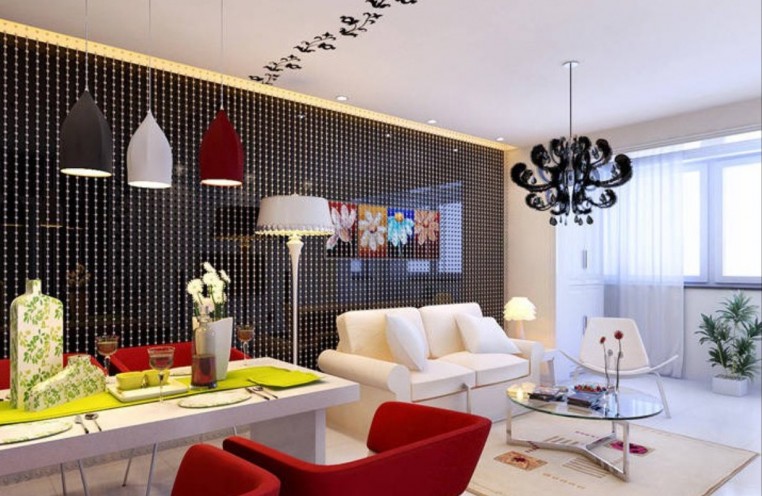LED bulbs have been on the scene for a fair few decades now, though have only as of relatively recently made their way into the mainstream. Which isn’t exactly surprising when considering the fact that the price of the average LED bulb for the home has plummeted between 60% and 80% over the past three years alone. Once considered something of an exclusive alternative used primarily for designer indoor lighting fixtures, the LED is slowly but surely becoming the new standard across the board.

Nevertheless, the technology as a whole is still relatively new to some who are yet to make the switch or even look into the benefits of doing so. Of course it’s not the kind of thing the average individual with an already hectic life is likely to get all-too excited about, but at the same time there’s no disputing the way in which the switch to LED is one of pure benefit.
So for those who may be curious as to what’s on offer on the LED side of the fence, here’s a quick rundown of six fast facts about the technology you probably didn’t know:
1 – Awesome Efficiency
First up, it’s largely common knowledge that LED bulbs are considerably more efficient than comparable bulbs and light sources. Incandescent bulbs may have gone the way of the dinosaurs, but even when compared to the halogen bulbs routinely purchased and in use today, the LED stacks up staggering energy savings. More often than not, to use an LED in place of a halogen bulb is to use approximately 80% less energy – even more in some instances! Suffice to say, it doesn’t take a genius to figure out that the less energy we use to light a single bulb, the better!
2 – Ultra Long Life
It’s also widely acknowledged that LED bulbs…at least those of decent quality…have a pretty long usable life to boot. Nevertheless, what comparatively few realise is that a high quality LED has the potential to go on doing what it does best for more than 25,000 hours. So even in an instance where an LED bulb was being used for 12 hours a day, every single day of the week, it would still go on working flawlessly for more than six years. Suffice to say therefore, when it comes to long-term value for money there really is nothing else that comes close.
3 – Keep it Cool
Another enormous benefit of the LED bulb is the way in which its overall efficiency is pretty close to flawless, meaning that almost none of the energy used is wasted by way of heat. LED bulbs remain cool to the touch at all times, which in turn massively opens up how and where they can be used around the home and office alike. And as they have absolutely no impact or influence on the overall temperature of the room itself, the use of LEDs can help enormously with effective climate control.
4 – Super-Durable
Because the LED bulb is a solid-state piece of technology and does not feature a filament, it is also on the verge of unbreakable. This is precisely why LEDs are routinely used in thousands of different products and applications, spanning everything from televisions to vehicle brake lights to traffic lights and more. While it may be quite depressingly easy to destroy the average home light bulb, actually doing any damage at all to an LED bulb takes quite some effort to say the least!
5 – Nothing New
Next up, you’d be forgiven for thinking that LED technology hasn’t been around for very long, but you’d also be quite mistaken. In fact, it was as far back as 1962 when a General Electric worker by the name of Nick Holonyak came up with the very first LED – albeit in a rather rudimentary and less-than practical/affordable guise. Things may have progressed relatively slowly over the next couple of decades or so, but things have been moving so fast as of late that it is estimated that by the year 2030, at least 80% of all bulbs sold and used on a global basis will indeed be LED bulbs.
6 – How Much?
Last but not least, the United States has always been at the forefront of the LED movement and is embracing the switch in a very big way. According to recent estimates, well over 50 million LEDs were installed in North America alone in 2014, amounting to an overall energy saving of $675 million. And over the course of the next 20 years, the use of LEDs in the United States is expected to amass energy cost savings of over $250 billion.

